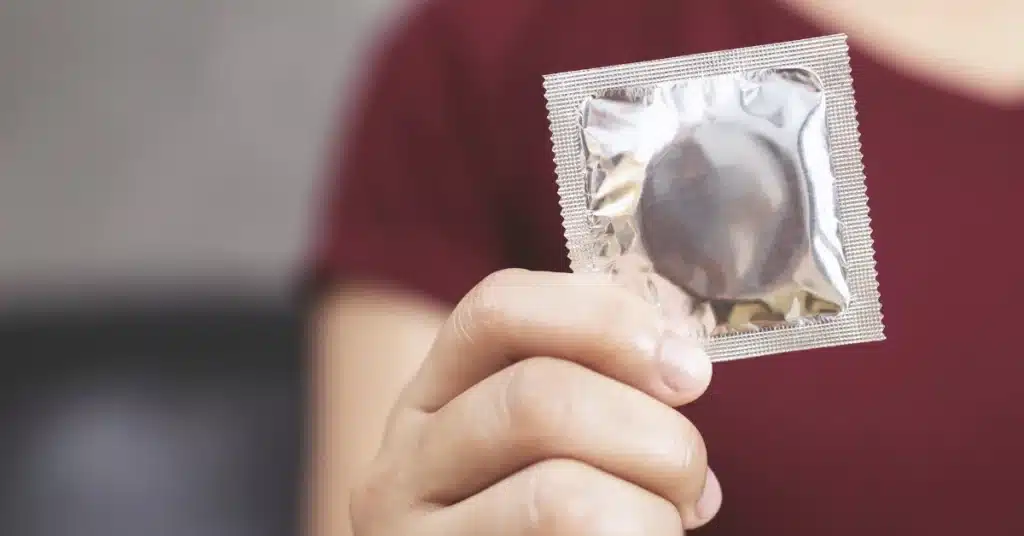How Much Saliva is Needed to Transmit an STD?
Sexually Transmitted Diseases (STDs) are considered a serious public health concern.
STDs are caused by bacteria, viruses, or parasites that can be transmitted through various forms of sexual activity.
One common question that often arises is, how much saliva is needed to transmit an STD?
Saliva also contains some infectious agents that can transmit STDs.
Understanding the disease modes of transmission is crucial in preventing their spread.
In this article, we will delve into the details concerning the transmission of STDs through saliva and some steps to prevent it.
How much saliva is needed to transmit an STD
The amount of saliva needed to transmit an STD is not an easy quantifiable factor.
The risk of STD transmission through saliva depends on various factors.
It includes the specific pathogen, the concentration of the infectious agent in saliva, and the overall health of the individuals involved.
Factors influencing STD transmission
There are some factors that can affect the transmission of STDs through saliva.
It includes the following:
Type of STD

Different STDs have varying modes of transmission.
A study published in The National Library of Medicine suggests that saliva can potentially serve as a medium for the transmission of Gonorrhea.
Herpes Simplex Virus (HSV) can be transmitted through contact with oral sores or lesions.
However, the risk of transmission through kissing or oral sex is considered to be lower compared to direct contact with active lesions.
The presence of lesions increases the risk, but the exact amount of saliva needed for transmission is not precisely defined.
It may vary between individuals.
Presence of open sores or lesions
The risk of STD transmission through saliva increases if there are open sores, cuts, or lesions in the mouth or on the genitals.
These provide direct entry points for infectious agents.
Viral load
The viral load refers to the concentration of viruses, such as HIV, in a person’s blood or other bodily fluids, including saliva.
It influences the likelihood of transmission.
Higher viral loads increase the risk of infecting a partner.
Can HIV transmission be done via saliva
HIV, known as Human Immunodeficiency Virus, is a retrovirus that can cause AIDS.
HIV is not typically transmitted through saliva.
The primary modes of HIV transmission include the exchange of bodily fluids such as semen, blood, and vaginal secretions.
However, it’s essential to recognize that not all bodily fluids carry the same level of risk.
Saliva has not been identified as a significant factor for HIV infections.
The risk of transmission through casual contact, such as kissing, is considered very rare.
Preventive steps
There are some preventive steps that should be taken to manage STDs carefully.
It includes the following:
Regular testing
Regular STD testing is essential for individuals who engage in sexual activities.
Early detection allows for prompt treatment, reducing the risk of transmission.
If you suspect the risk of STDs, seek immediate medical treatment.
Bacterial infections such as Chlamydia or Gonorrhea can often be effectively treated with antibiotics.

Erase discomfort, embrace relief – conquer STDs swiftly!
Reclaim your health with superior antibiotic solutions from WowRx.
Levoflox 750mgAugmentin 1000mgSafe practices

Safe sex practices, such as protection use (condoms) during oral sex, help reduce the risk of STD transmission.
Avoiding direct contact with open sores or lesions is also crucial.
Conclusion
The question of how much saliva is needed to transmit an STD lacks a specific numerical answer.
The risk depends on multiple factors, like the presence of open sores and types of STDs.
STD transmission risk through saliva is generally lower than through other bodily fluids, such as blood, semen, or vaginal secretions.
The use of barrier methods like condoms during sexual activity can further reduce the risk.
Regular testing and open communication with sexual partners are also essential components of maintaining sexual health.
Frequently Asked Questions
How much saliva is needed to transmit an STD?
The exact quantity of saliva needed to transmit an STD is not easily quantifiable. The risk depends on factors like the specific pathogen, its concentration in saliva, and the overall health of individuals. Generally, saliva is considered a low-risk fluid for STD transmission.
What are the factors affecting STD transmission?
Several factors influence STD transmission. It includes the type of STD, the presence of open sores or lesions, and the viral load (concentration of viruses in bodily fluids). The risk is higher with open sores or lesions and higher viral loads.
Can saliva transmit STDs?
While saliva may contain some infectious agents, the risk of STD transmission through saliva is generally considered low. The concentration of infectious agents in saliva is much lower compared to other bodily fluids involved in sexual activity.
How to prevent STD transmission?
Preventing STD transmission involves regular testing for individuals engaging in sexual activities. Early detection helps reduce the risk of transmission. Practicing safe sex, including condom use and avoiding direct contact with open sores or lesions, are crucial preventive measures.
WowRx uses only high-quality sources while writing our articles. Please read our content information policy to know more about how we keep our content reliable and trustworthy.






